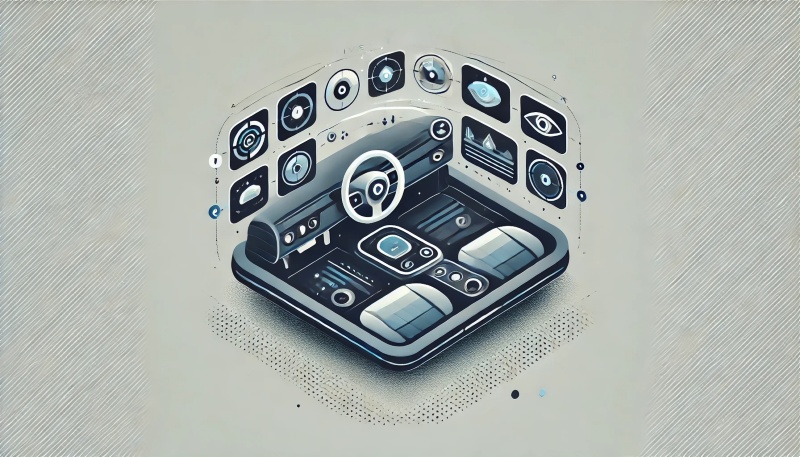Int'l : +1(646) 832-2886 | query@kbvresearch.com
Int'l : +1(646) 832-2886 | query@kbvresearch.com
Published Date : 06-Nov-2024 |

As the automotive industry continues to evolve, one area experiencing rapid growth and innovation is the immersive in-vehicle entertainment market. This sector, which encompasses cutting-edge technology and consumer demand for rich multimedia experiences, is transforming how passengers and drivers interact with their vehicles. From the incorporation of virtual reality (VR) to integrated smart screens and enhanced audio systems, immersive in-vehicle entertainment has become a key differentiator for automakers aiming to provide an exceptional user experience.
The immersive in-vehicle entertainment market has gained momentum as more manufacturers integrate advanced multimedia systems into cars, focusing on safety, comfort, and engagement. This market is driven by increasing consumer demand for seamless entertainment, the rise of autonomous vehicles, and technological innovations in the automotive space. According to market research, the global immersive in-vehicle entertainment market is expected to witness significant growth over the next few years, with a compounded annual growth rate (CAGR) exceeding 27.1%.
Key players in this market include major automotive manufacturers like Tesla, BMW, Mercedes-Benz, and tech giants such as Google and Apple, which are entering partnerships with automakers to integrate next-gen entertainment systems.
Several groundbreaking technologies are redefining the in-vehicle entertainment experience. Here are the key trends shaping the market:
VR and AR are becoming pivotal in transforming the passenger experience, especially for long journeys. Automakers are exploring ways to offer immersive virtual environments, games, and media experiences for passengers using VR headsets. AR is also being utilized to display real-time information on windshields and windows, making driving more interactive and informative.
Voice-activated systems like Amazon's Alexa and Google Assistant are being integrated into vehicles, allowing passengers to control music, navigation, and even interact with connected devices at home. AI-powered assistants provide a hands-free, intuitive interface, enhancing both entertainment and safety.
The deployment of 5G networks is boosting the in-car entertainment market by providing ultra-fast data speeds and low latency. This enables passengers to stream high-quality video, play cloud-based games, and access real-time content without interruptions, offering a seamless multimedia experience on the go.
Luxury vehicles are incorporating multiple screens—often high-resolution touchscreens—in the dashboard, rear seat headrests, and even on the ceiling of the car. These screens support on-demand video streaming, real-time navigation, and mobile applications, turning cars into multimedia hubs.
The integration of surround sound systems from brands like Bang & Olufsen, Bose, and Harman Kardon ensures a theater-like experience within the vehicle. Enhanced audio clarity, noise cancellation features, and custom-tuned speakers deliver an immersive experience tailored to individual passenger preferences.
Competition in the immersive in-vehicle entertainment market is fierce, with automakers, tech companies, and entertainment providers vying for dominance. Companies like Tesla have raised the bar by integrating gaming platforms and on-demand video services like Netflix into their vehicles. BMW and Mercedes-Benz are focusing on high-end audio systems and AR-enhanced interfaces, while tech giants such as Google and Apple are offering their AI voice assistants and entertainment ecosystems.
In addition to luxury automakers, companies like Amazon and Microsoft are leveraging cloud computing and AI to offer scalable, customized entertainment solutions across different vehicle models. Partnerships between automotive and tech firms are becoming common as both industries realize the potential of combining mobility with digital content.
The immersive in-vehicle entertainment market is rapidly transforming the automotive experience, driven by technological advancements and evolving consumer demands. As connectivity, autonomous driving, and multimedia systems continue to develop, the future of in-car entertainment is set to be more engaging, personalized, and immersive than ever before. Brands that invest in these innovations will not only attract tech-savvy consumers but also shape the next generation of automotive entertainment.